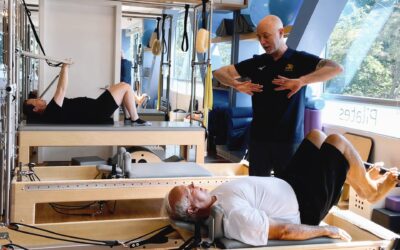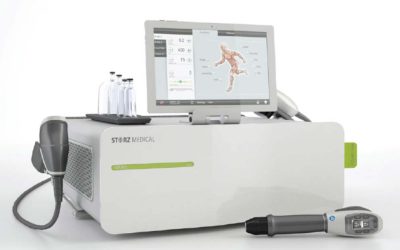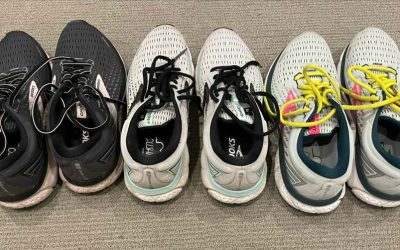ConnectTherapy™ is a total body, whole person approach to your problem, created by Canadian Physiotherapist, Researcher and Educator Dr. Linda-Joy (LJ) Lee.
The notion is, it’s all about Connectedness. How different regions and systems of the body are connected. How the body and mind are connected. How therapists and patients are connected. How we as humans are physically, emotionally and socially, connected.
It means we recognize that there are many influences that contribute to how you move, and how you feel.
How the ankle sprain you had 2 years ago affects your shoulder function and neck pain now. How your recent chest infection and recurrent coughing changed your “core muscle” function and contributes to your low back pain. How your pelvic floor is influenced by the asymmetrical way you use your upper body muscles when you lift things. How emotional stress in your life changes your body chemistry and increases your pain. How movement and exercise are essential for not only the health of your body, but also for the health of your brain.
Everything is Connected.
Looking at how the body is connected, we recognize that the actual underlying causes of your symptoms and pain could be other areas of your body that are not optimally supporting your movement. That old knee injury may no longer hurt, but the muscle imbalances you developed around the knee may now be the underlying reason you are now experiencing back pain. In ConnectTherapy, these regions that are the underlying cause for your pain, are called “Drivers”.
What is a “Driver”?
A Driver may or may not be painful, but you can think of it as an area that is in dysfunction that provides misinformation to your nervous system, or results in excessive or non-optimal forces or loading at your painful sites. By treating the areas of your body that are the Drivers, we are treating the underlying cause of your problem, not just the symptomatic areas. In French, we often call the Driver the “Clé Maîtresse” – the “master key” …which illustrates how the Driver is the area of your body that if given some appropriate treatment input and training, will “unlock” new options for freedom and efficiency of movement, so you can enjoy movement in a whole new way.
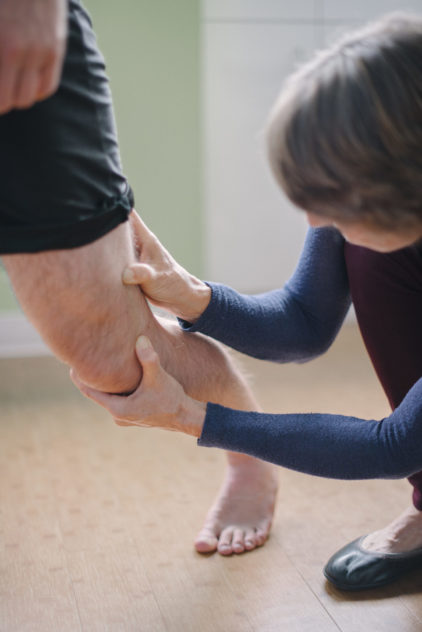
So how does all this direct the way we assess & treat you?
In a ConnectTherapy assessment, we use a robust clinical reasoning process to figure out if we should treat your knee to make your back feel better, or if we should treat your back. We call this process “Finding your Driver Profile”. In order to identify your Drivers and the most relevant influences for you and your body, we start with a thorough, detailed assessment.
First, we start with your Story. We want to know about your medical history, past injuries, and the activities and sports you not only do now, but did growing up. We will ask you about your goals, as these direct everything we do. And key to the process is identifying what we call your Meaningful Activities and Tasks. These are the activities and movements that are important to you. They may be movements that you are having trouble with – such as decreased sports performance – or experiencing symptoms such as pain or incontinence. Your meaningful task may be something as simple as “sleeping” or as complex as throwing a javelin. But whatever it is, we then design our physical assessment of your body around your Meaningful Tasks – the things you want to do better and feel better doing. This is one of the many unique features of ConnectTherapy.
Next, we’ll do a whole body assessment and look at the way you move during your Meaningful Task. We’ll specifically identify regions of your body that are not supporting your task performance optimally. This means we’ll not only look at your painful or symptomatic areas, but we’ll be checking if there are other areas of your body in dysfunction and determine how they relate to your symptoms and painful areas.
You are an active part of this process. As we go through the assessment, we’ll make temporary changes to different parts of your body, and we’ll want to know how this changes how you feel – if your symptoms change, if your body feels lighter, if movement feels easier, if your breathing gets more open, or if you feel more power in your sports movements. These changes are tracked and analyzed in a special assessment tool called the “Drivers Diagnostic Chart™”, developed by creator LJ Lee, that provides an algorithm and pathway to identify your Drivers, the relationships between them, and how they connect to your current problem.
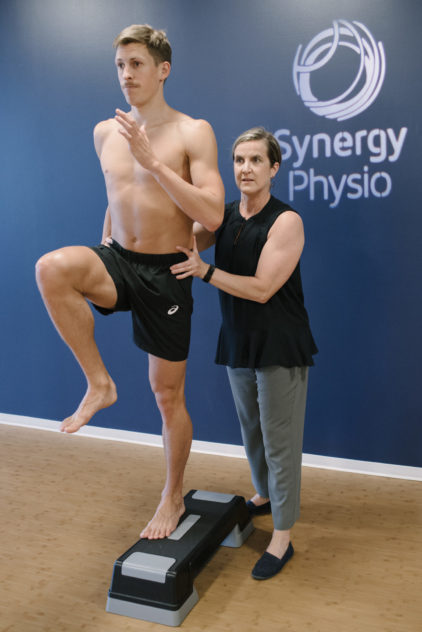
When we support your Drivers, you will not only have decreased symptoms, but you will experience how much easier you can move. Finding Drivers is the way we identify where in your body needs treatment and input in order to “unlock” new options, change your whole body movement patterns, and help you find ways to Move Better, Feel Better and Be Better.
We’ll help you identify the influences that are most important for your body
Our thorough assessment process also aims to identify the key influences on your non-optimal experience of your body and your posture & movement. Research shows that factors such as your emotions, nutrition, sleep, and stress can all influence your experience of pain. Thus, we want to help you understand how these influences are at play specifically for you, and how to explore strategies such as mindfulness and other healthy habits to support your rehabilitation process.
Once we identify your Drivers and the key influences for you, we can design a targeted treatment program.The Synergy Physio team is trained in a wide variety of techniques and will choose the treatment techniques best suited to treat dysfunction of your Drivers.
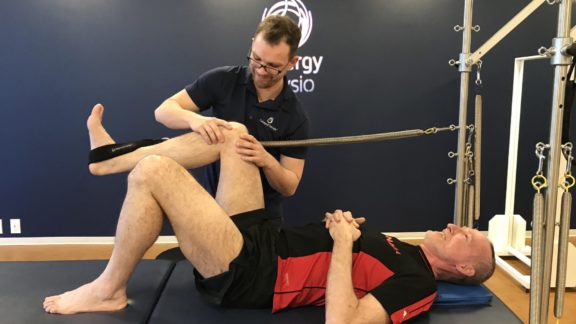
For example, perhaps you have some scar tissue around your Knee Driver – your therapist will determine this and choose myofascial release techniques.Or perhaps you have some overactive muscles that are creating stiffness around your Knee Driver – your therapist may use dry needling or other manual therapy techniques to decrease activity in the overactive muscles. Have a look at our Services page, to learn more about the many types of techniques we use as we treat your Drivers.
No matter what your Drivers are, a common aspect of having problems with your body is that you change the way you move. You may unconsciously shift off of your painful ankle. You may change your posture. You probably avoid certain activities or movements. This means that an important aspect of treatment in ConnectTherapy is identifying what non-optimal movement patterns and muscle imbalances are getting in the way of your goals, and using a progressive exercise program to create more optimal ways to live and move in your body.
A key aim is to open up new options for your body & give you tools for self-management
Thus, along with our hands-on techniques to treat the Drivers, you’ll be given exercises to learn how to release your old, non-optimal movement patterns. This creates options in your body to train new muscle and movement patterns. We then strengthen these new patterns by progressively increasing your exercise program. We’ll also give you tools for self-management. As we progress your exercise program, we’ll be able to identify specific exercises that automatically improve your Drivers and can “reset” your body. These ConnectTherapy “Reset Exercises” give you the ability to self-treat yourself if you’ve had times of extra loads or stressors on your system, as often happens in life. Our patients have found this a powerful tool that empowers them to explore new activities because they know they can use their “Reset” exercises to feel better.
Your Story and Your Body are Unique – let us design a program suited to your individual needs and goals with ConnectTherapy.
Our Blog
Insights and Tips from Our Experts
Next Group Physio Healthy Bones™ Class starts Wed. Sept 13th – Sign up now!
Are you interested in improving your balance, stability, muscle strength and bone health? Then this class is for...
Shockwave Therapy – What is it & How can it help?
Shockwave therapy has become increasingly common as a treatment option for musculoskeletal conditions to assist...
Running and Pregnancy
Running has become a very popular sport, and more than half of recreational runners are women. For runners who...

